At seven years old, I was enthralled with the make-believe world. I wrote letters to my imagined fairies. I thought that trails of snail slime were pixie dust. I was unapologetically myself. At 12 years old, I dipped my Goldfish crackers in cranberry juice — I did not care what my classmates thought. I defended Santa’s name and credibility to the death. I was unapologetically myself. In high school, I stopped participating in spirit days. I refused to dress up for pajama day because, apparently, it was corny — something reserved for the ASB kids and the ASB kids alone. There were so many things I wanted to do and ways I wanted to act, but the eyes of 1,000 of my high school peers kept me “contained.” Where there was once a girl full of child-like faith and whimsy, there was now a large void that I longed to replenish.
The line at which the transition from wanting to stand out to evading being perceived is blurry — and perhaps there is no distinct line. But as of late, I have begun to dissect my own identity and its contingency on the external environment. Prompted by the pandemic and quarantine that began when I was 16 years old, I have seen the heinous reality of life unfold before my eyes. I was at a decisive point between childhood and self-discovery, blind faith and reality, and innocence and awareness. I witnessed the hysteria that ensued from a never-ending quarantine and the coping mechanisms that followed. Through these three long years, I’ve come to know myself better than ever before. I saw how long-broken systems continue to ravish despite the desire to dismantle them. I saw the world become increasingly reliant on technology, being force-fed media until we could not breathe. Maybe the gruesomeness of the world has always existed, and maybe I was too immature to understand it, but what I do know is that the pandemic made the world’s problems more visible. On an individual level, it made my problems visible.
I cannot remember the last time I simply existed, the last time I could just be whoever I wanted to be: unapologetically myself and untainted by the world and images of who I “ought to be.” And so I have tasked myself with dismembering and reassembling my identity and individuality.
In 2014, it was grunge. It was black skater skirts, chokers, and Dr. Martens. It was the rise of Brandy Melville and the infamous alien logo. In 2015, it was oversaturation. It was MyLifeasEva and Bethany Mota, the C1 filter on VSCO and Lokai bracelets. During quarantine in 2020, there was an influx of different categories or “starter packs.” There were the VSCO girls, the e-girls and gamer boys, the basic Brandy Melville girls, and the alt and quirky girls. We saw and partook in the transition from Vine to Tumblr to YouTube to Instagram to TikTok — we followed the trends wherever they led us. We consumed everything each platform had to offer, thirsting for more.
The problem does not lie in the trends themselves, but in the way Gen Z handles it — more specifically, the pressure to self-categorize and the hypocrisy that follows. After the 2016 presidential election, and intensified during the 2020 COVID-19 quarantine, there was a push to promote inclusivity and radical liberalism. I exist in a generation in which I am told that “anything goes” while paradoxically living in a generation that demands unceasing compartmentalization. With mindless scrolling on TikTok and the concept of being chronically online, users are exposed to the same songs, the same aesthetics, the same “clean and intuitive eating” content creators, and the same micro trends. The same concepts and ideas are romanticized. On one extreme, there is an expectation to be a productive “clean girl.” She wakes up at 5 a.m. every day without fail and finishes her to-do list by noon. She wears Aritzia, gold jewelry, and vanilla-scented perfume. On the other side of the spectrum, there is the promotion of the “high-on-life” alcoholic party girl. She comes home at ungodly hours. Her Instagram feed promotes the “teenage dream” life to her audience. Somewhere in the mix also exists the grunge artsy girl. Then, the coquette Lana Del Rey lover. The beachy bum who lives in bikinis.
Quite frankly, authenticity and individuality fail to exist within Gen Z. Despite our intention to be “woke and inclusive,” Gen Z will tear down others for being too basic or for being too quirky — for misaligning to any degree with what is momentarily cool and in trend. We do not promote inclusivity; we promote the idea of aligning with a very streamlined and homogenized version of how a member of Gen Z ought to view politics, dress, think, and conform. We sustain the very dynamic that we seek to dismantle. And if we take a step back, it is evident that our constant exposure to media and the expectation to compartmentalize one’s identity has made us into clones. Gen Z has fallen victim to mob mentality — a fearsome precursor to what our dystopian and automated future might look like.
Take, for example, the comments section of TikTok. I am confronted with a 15-second video containing the heaviest of topics, another social injustice, or another hot take. I have an initial reaction and opinion, but as soon as I open the comments section and see people validating a contrary opinion, I suddenly change mine to align with the majority. I have unlimited access to media at my disposal — the good, the bad, and the ugly — and in an effort to grapple with this influx of information, I seek out community and support from other users. I succumb to mob mentality as a means to make sense of this tumultuous environment. Gen Z fears ambiguity and falling in some middle-ground — and can we even blame ourselves?
I have noticed the romanticization of all of the wretchedness in the world — an optimistic approach to something that is an utter failure. It’s an effort to see the world through rose-colored glasses rather than for the tainted world that it actually is. It mimics the very escapism I sought as a child in the make-believe world. We find comfort in seeking familiarity and comfort in a world that is changing faster than we can keep up.
We want to confront reality for what it is. We want to create change and dismantle barriers. We want to grow, and we want to change. Contrarily, we desire comfort and familiarity. We are okay with contentment and settling so we don’t have to face our fears. We see the world paradoxically.
Photo by Jason Leung on Unsplash


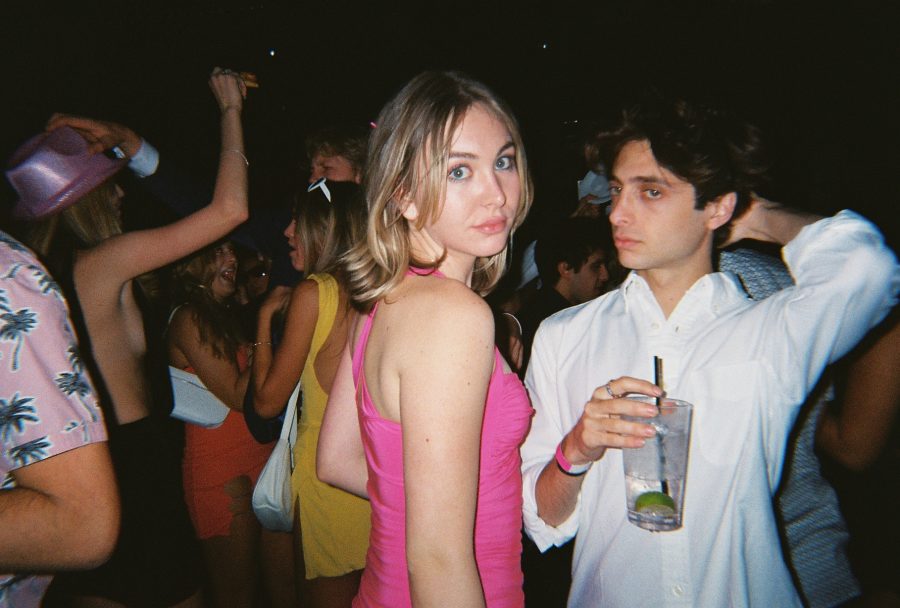
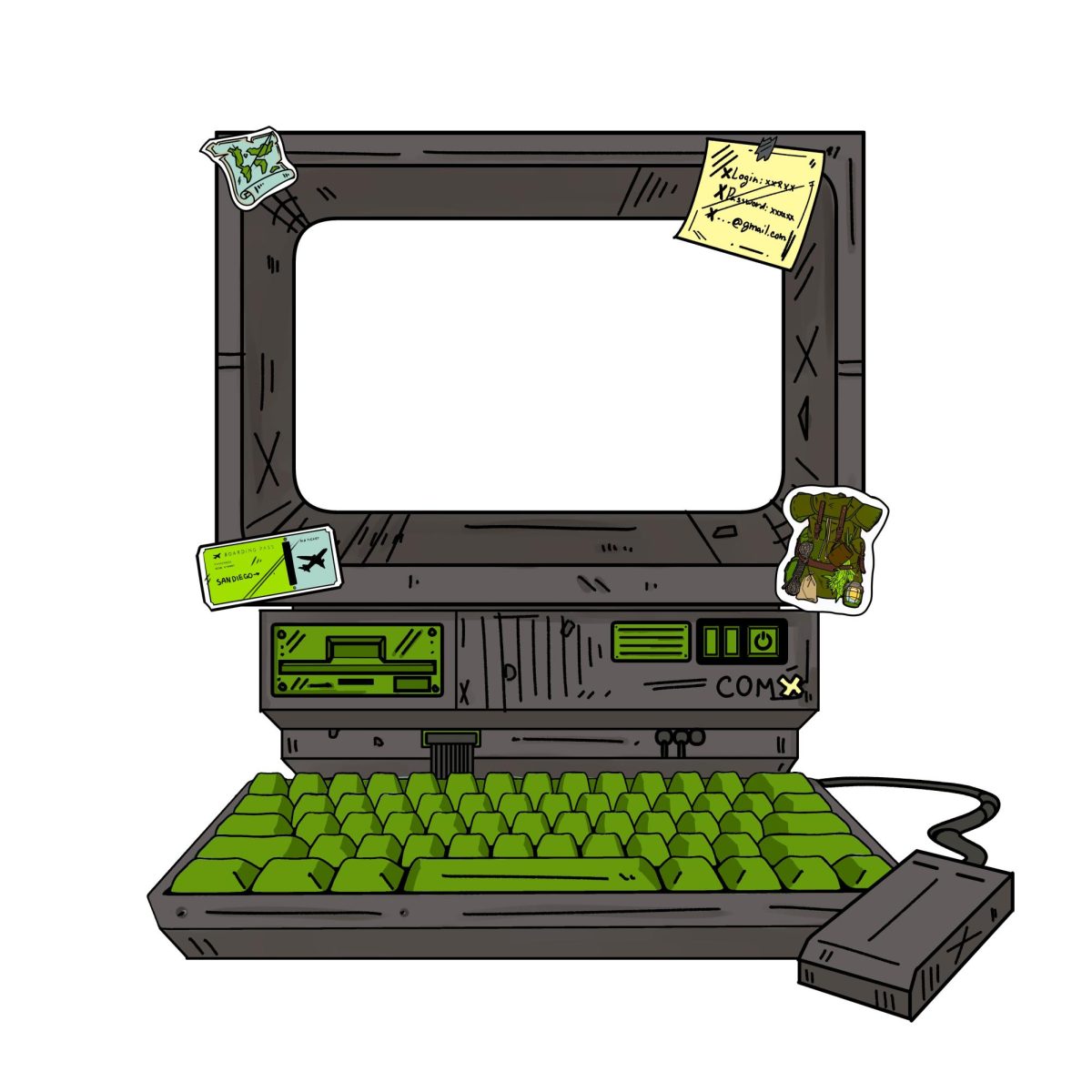
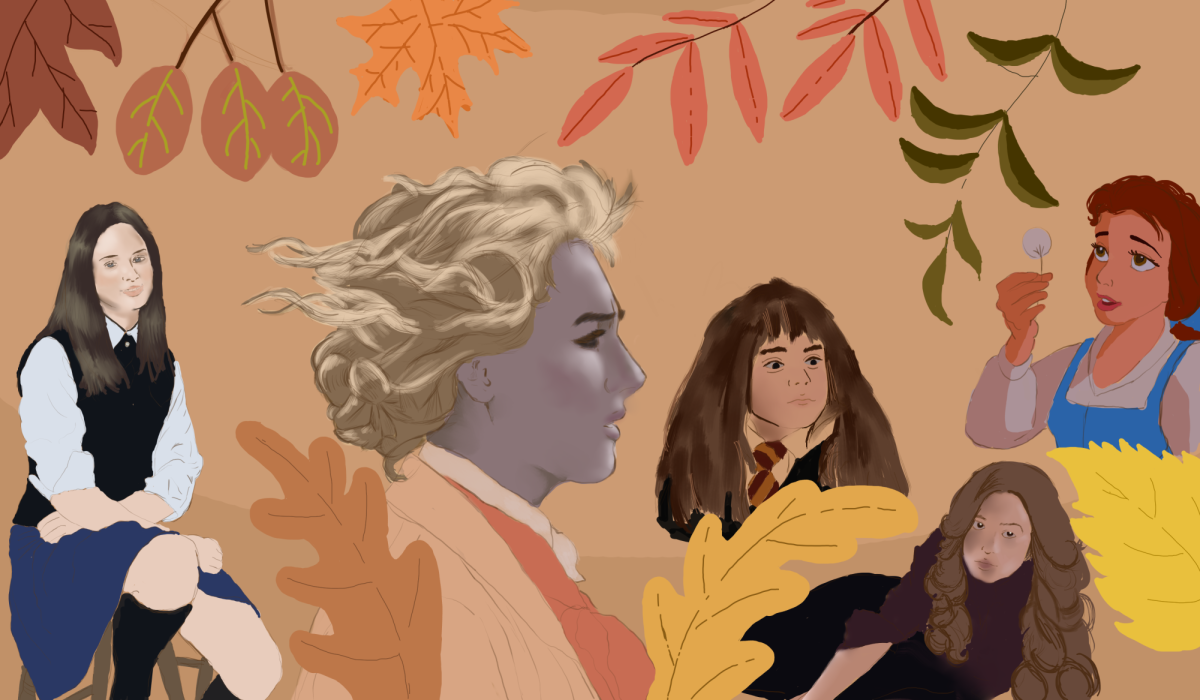

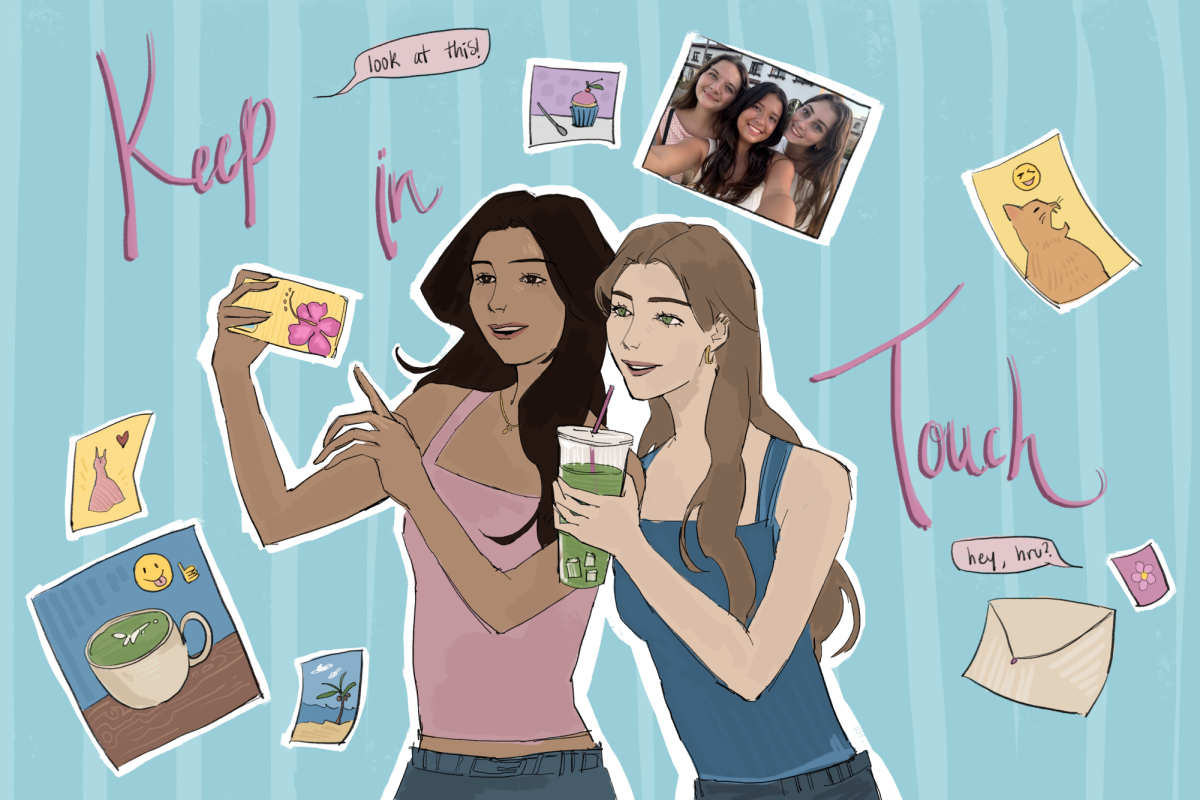
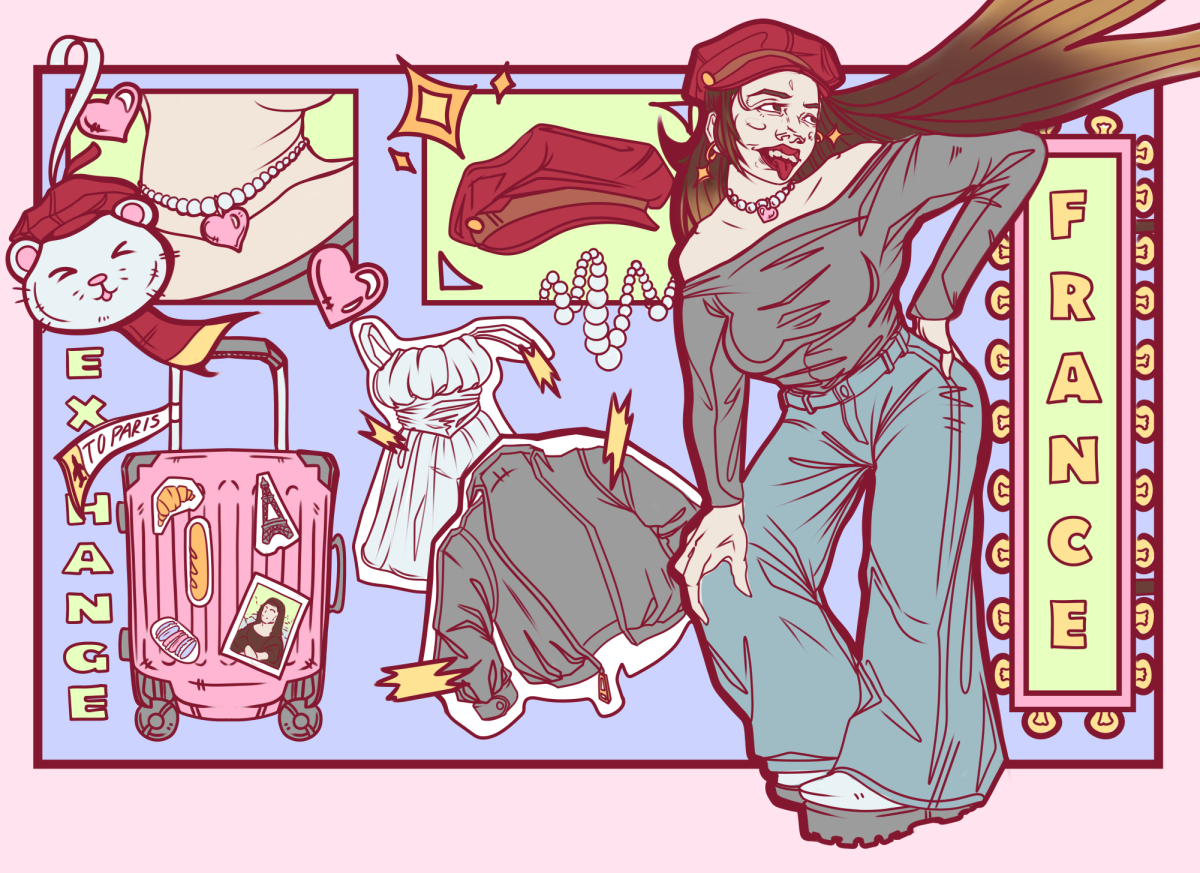
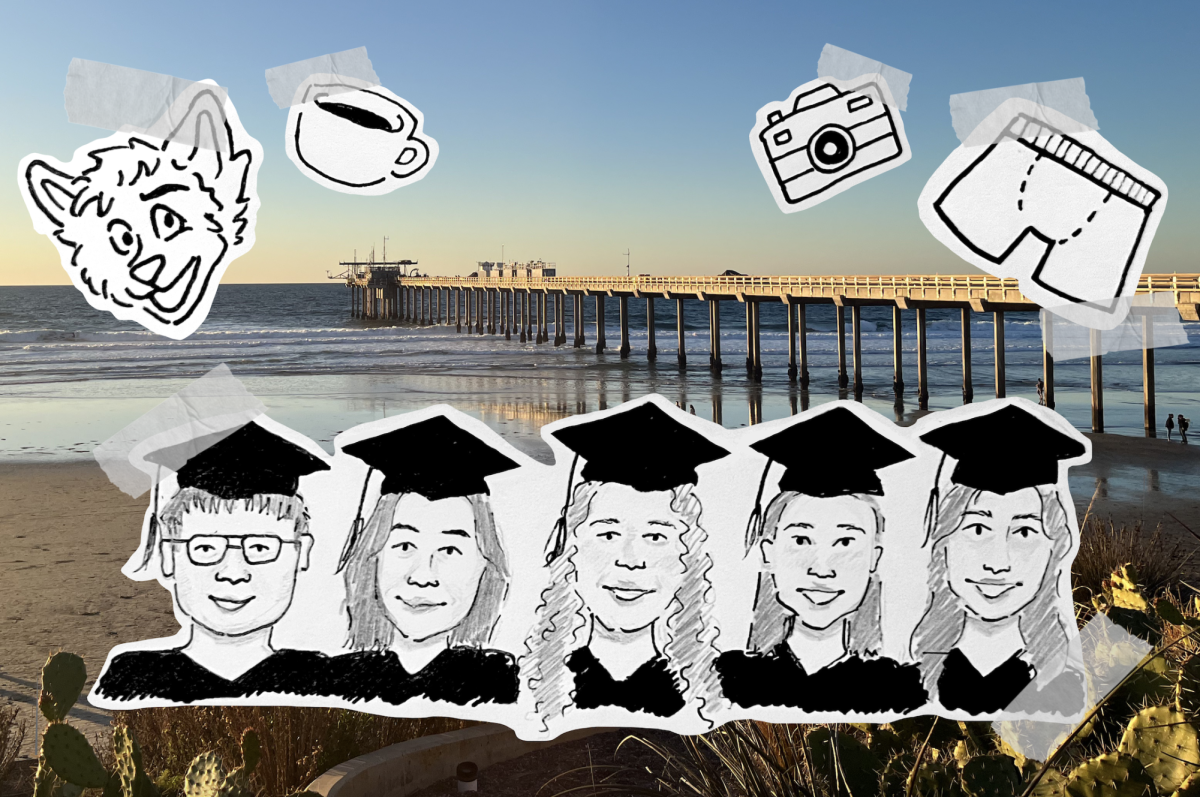
granny • Feb 21, 2023 at 1:28 am
This image is so beautiful.